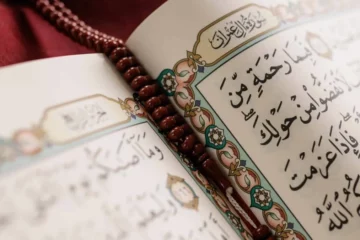By Tehila Ayanfeoluwa Oloruntoba
Stars, those tiny pin pricks of light that pepper the night sky, sparking our imaginations and fuelling countless lullabies. But have you ever stopped to think about what these celestial wonders actually are?
Well, for starters, they’re not actually twinkling. That’s just a trick of our atmosphere, like a cosmic game of peek-a-boo. In reality, stars are giant, blazing hot balls of gas – mostly hydrogen and helium – held together by their own gravity. They’re basically the universe’s version of bonfires, churning out light and heat through nuclear fusion.
Now, you might be thinking, “Okay, science lesson over, back to gazing at the pretty lights.” But hold on, because stars are way more interesting than your average gas ball. Did you know that some stars are so big; they could swallow our Sun whole like a cosmic Pac-Man? And others are so small, they’re barely bigger than Jupiter!
And the colours! Stars aren’t just white. They come in a whole rainbow of hues, from fiery red to cool blue, depending on their temperature. It’s like a celestial fashion show up there, with each star rocking its own unique style.
But here’s the mind-blowing part: we’re all made of stardust. Literally! The elements that make up our bodies – carbon, oxygen, iron – were forged in the hearts of stars that lived and died long before our solar system was even born. So, next time you look up at the night sky, remember that you’re gazing at your ancestors, the cosmic chefs who cooked up the ingredients for life itself.
So, there you have it.
Stars, not just pretty lights, but giant gas balls, cosmic chefs, and the building blocks of life. They’re the ultimate multi-taskers of the universe, and they’ve been keeping us entertained and inspired for millennia. So, next time you see a star, give it a little wave and thank it for being so awesome. And maybe, just maybe, it’ll twinkle back.
Tehila is of Blooming Heritage Secondary School, Abuja






